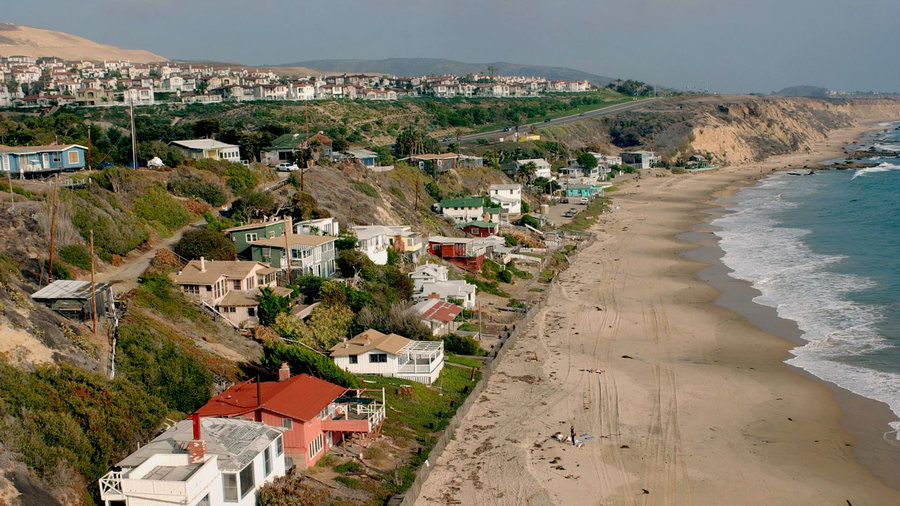Heal the Bay’s 2024-2025 annual Beach Report Card was released this week, and for many oceans advocates, the results were disappointing. Each year, this nonprofit environmental group evaluates hundreds of beaches, providing grades based on water quality data. For this report, Heal the Bay assessed over 700 beaches from the top of Washington State to Tijuana, Mexico, including 500 California beaches, analyzing water samples for fecal-indicator bacterial pollution, which can understandably pose serious health risks to swimmers.
Among the most polluted was Santa Monica Pier in Los Angeles County, which topped the “Beach Bummer” list due to consistently high levels of harmful bacteria, which may have also been impacted by the recent wildfires. This location has long struggled with contamination, often linked to storm drain runoff and poor circulation around the pier.
Courtesy of Santa Monica Travel & Tourism
Similarly, Linda Mar Beach in Pacifica, San Mateo County, faced significant pollution challenges, with nearly 71% of water samples failing to meet state health standards for safe recreational use. The beach—which is also a popular surf break—sits at the mouth of San Pedro Creek, which carries polluted runoff from the urban watershed.
Other beaches that got a big fat “F” on their report card include another well-known surf spot at Imperial Beach in south San Diego, where 82% of tests failed state health standards for recreational waters, and Avila Beach, just north of Pismo, with 38%. Similar water quality monitoring efforts from Surfrider, which span the entirety of the country, deemed that the most polluted water was shockingly on the Hawaiian island of Oahu at Kahaluu Beach which failed 92% of the time it was tested.

Don Kelsen / Getty Images
On a positive note, Southern California saw a strong showing among the cleanest beaches on Heal the Bay’s Honor Roll list. Orange County led the way, with 62 out of the 700+ beaches surveyed earning spots on the coveted Honor Roll. This distinction is given to beaches that maintain exceptional water quality throughout the year without a single monitoring violation. The improvement is largely attributed to a drier-than-average year, which reduced stormwater runoff—a major contributor to coastal pollution.
The 2024-2025 Beach Report Card underscores the ongoing importance of environmental stewardship. It not only serves as a valuable public health tool but also highlights where investments in stormwater infrastructure and pollution prevention are working—and where more attention is desperately needed. Whether enjoying the waves or advocating for cleaner coastlines, understanding the data behind the beach grades empowers all of us to protect these natural treasures for generations to come.

